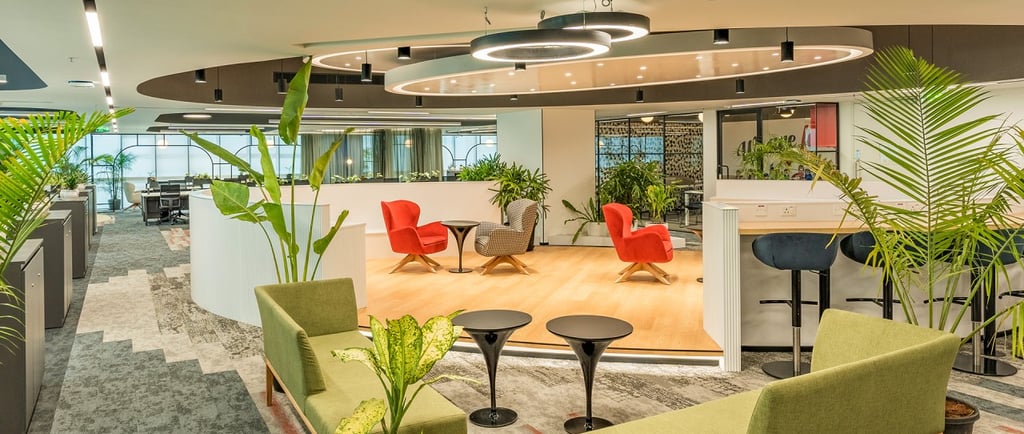Eco-Realty Revolution: The Rising Demand for Green CRE in India
Explore the growing demand for green commercial real estate (CRE) in India and how sustainable workspaces are shaping the future of eco-friendly businesses.


The commercial real estate (CRE) sector in India is undergoing a transformative shift as demand for green-certified buildings gains momentum. Tenants, particularly Global Capability Centers (GCCs) and IT/IT-enabled services (ITeS) companies, which account for nearly 50-60% of net office leasing, are actively seeking eco-friendly, sustainable office spaces. This trend is driven by rising environmental compliance requirements, growing corporate sustainability goals, and a heightened awareness of green infrastructure's long-term benefits.
Why the Shift Towards Green Buildings?
1. Regulatory & ESG Compliance
Environmental, social, and governance (ESG) factors are growing in importance as transnational companies strive to fulfill the ESG measuring criteria, which makes the matter of sustainable office areas a priority including sustainability that is on a strategic level. Meanwhile, the government policy of green building standards, the requirement of developers to get green building certificates, and pollution reduction programs are the driving forces behind this type of property investment.
2.Cost-Benefit Analysis: A Win-Win for All
Developers and tenants are on the same page when we see from the perspective of reasonable costs and satisfying returns in greener buildings. It is stated in this research work by CRISIL Ratings that green buildings being after 3-5% of the initial establishment greater the amount of costs than traditional buildings, the economy in the running of the plant makes them very appealing to investors.
3. Lower Operational Costs & Enhanced Efficiency
Green buildings integrate energy-efficient technologies, sustainable materials, and water conservation systems, leading to 30-35% savings in energy costs compared to conventional buildings. Additionally, water conservation further reduces utility expenses, while the better employee experience ensures the growing demand for sustainable workspaces.
Market Response: High-Quality Developments & REIT Certification
As ESG-driven leasing choices become more important, Grade A developers are turning their attention to eco-friendly building projects. They aim to keep occupancy rates high and ensure steady growth in rent. This shift has a big effect on Real Estate Investment Trust (REIT) portfolios, which have changed . Now almost all REIT stocks are green-certified.
Pranav Shandil, Associate Director at CRISIL Ratings, says, "This trend looks set to continue. Developers with more green buildings will see their business risk profiles improve. Multinational tenants are more and more keen to use these high-quality, eco-friendly spaces even if it means paying a bit more in rent."
The Role of Green-Focused Investment Funds
Green-focused investment funds in India are just starting out, but they could speed up the shift to eco-friendly commercial spaces. These funds might make it easier for developers to get money, which would help make sustainable projects more viable.
State Incentives Boosting Sustainability
A number of state governments are giving perks to boost eco-friendly building. These include higher Floor Area Ratio (FAR) and money-saving offers for green construction. This makes developments with green certifications more appealing to real estate companies.
Future Outlook: A Sustainable CRE Market
Green-certified buildings are becoming more popular in India's commercial real estate market. Companies from around the world want to meet their environmental goals. Because of this, builders are focusing on sustainable construction. The government is even offering incentives to support these changes.
Sustainability is moving from a nice-to-have feature to a must-have for businesses. This shift means more and more green buildings will pop up in India. This will help the environment and improve profits for everyone involved.
Sustainability Trends Driving Demand in Commercial Real Estate

